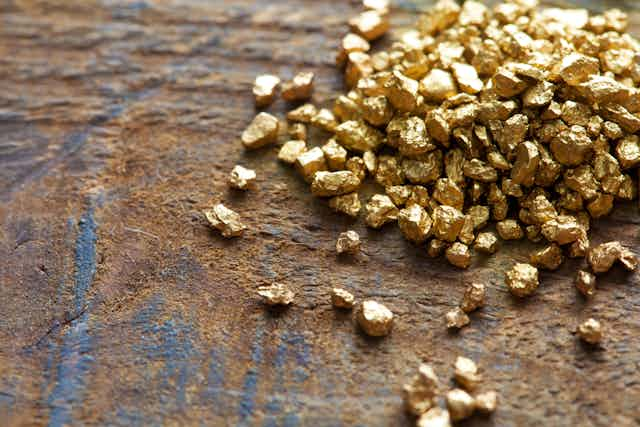If you believe the financial media, safe-haven assets are constantly changing.
For example, following a period of volatile gold prices, the Wall Street Journal claimed last year that “Gold’s role as a safe-haven investment wanes” and only three months later stated that it had regained its safe-haven property.
Is gold indeed constantly changing its safe-haven status? The answer is a clear “no”.
The confusion may be due to a misunderstanding of what a safe haven really is.
A safe haven is uncorrelated or negatively correlated with equity in extreme periods but not on average. So it is neither a safe asset nor a hedge in a traditional sense. In other words, a falling price of gold does not automatically imply that gold has lost its safe haven status. On the contrary, a falling price in tranquil periods is a necessity for gold to perform as a safe haven asset.
A financial safe haven, similar to the safety of a port, is supposed to provide shelter in a storm. A safe haven is not supposed to provide shelter or positive returns in tranquil times. This distinguishes a safe haven from a risk-free “safe” asset and a traditional hedge. It must perform in times of extreme turmoil but not at all times or over long periods of time. It must provide shelter at the beginning of a severe crisis or turmoil and as long as such shelter is needed. Empirically, it does so for about 10 days.
This short-lived property of gold as a safe haven is both essential and crucial. For example, the price of gold rose immediately after the September 11, 2001 terrorist attacks but became more volatile two weeks after the event. A similar effect was observed for days following the collapse of Lehman Brothers in mid-September 2008. Gold increased in value measured over a two-week period but started to lose value over the subsequent four weeks.
This effect, in contrast to a belief that appears to be widely held, is not evidence of a fading safe-haven property but quite the opposite. It is evidence of an effective and “healthy” safe haven effect. The safe haven is effective when it is needed the most as a shelter and subsequently loses value so that it can perform in the next storm. The price falls to make a future rise possible. The short-lived property of the safe-haven asset also implies that a comparison of the risk-return characteristics with other assets is misleading.
A safe-haven asset is supposed to provide shelter in periods of financial crisis or turmoil, in particular in response to extreme shocks. If it also reacted to small shocks, it could not be distinguished from a classical hedge. And if it outperformed equity over longer periods it would exhibit equity-like features and not be a safe haven.
Hence, a focus on shocks or crises that do not qualify as extreme or to use relatively long periods to assess a safe haven cannot prove that the safe-haven asset lost its safe haven status or that it never had such a status.
Beyond gold
There is another pitfall in assessing whether an asset is a safe haven. Gold is not the only safe-haven asset. The US dollar has been shown to increase in periods of crisis and so has the Swiss franc and other currencies.
Government bonds such as US Treasuries, UK Gilts or German Bunds, also appear to show safe-haven properties. While government bonds are also “safe assets” if held to maturity and assuming that there is no default, currencies play a very special role for gold in a safe-haven context.
If both gold and the US dollar increase at the same time in response to an extreme shock, the actual effect could be masked for gold. For example, if the US dollar appreciated by 5% and the value of gold increased by 5%, the price of gold in US dollars would appear to be stable. And if gold increased by only 4%, the price of gold in US dollars would even fall despite the fact that the value of gold changed consistent with its safe-haven status. While this effect may be disappointing for a US investor (or a Swiss investor), it can be highly rewarding for investors in other countries. For example, since the Australian dollar depreciated significantly during the global financial crisis and gold remained relatively stable, the value of gold in Australian dollars increased considerably showing a strong safe-haven effect for Australian investors.
To summarise, the evidence generally provided to claim that gold is not a safe haven asset is based on a lack of understanding of what a safe haven is, both theoretically and empirically. However, there is a possibility that gold or other safe haven assets eventually may lose their safe-haven status.
If investors included safe-haven assets in their portfolios possibly mistaking them for a hedge, they would potentially inflate their prices in normal times and expose them to common shocks most likely depressing them in crisis times and thus depriving the assets of their safe haven potential. For gold, at current prices, it seems unlikely it is deprived of its safe-haven property.

